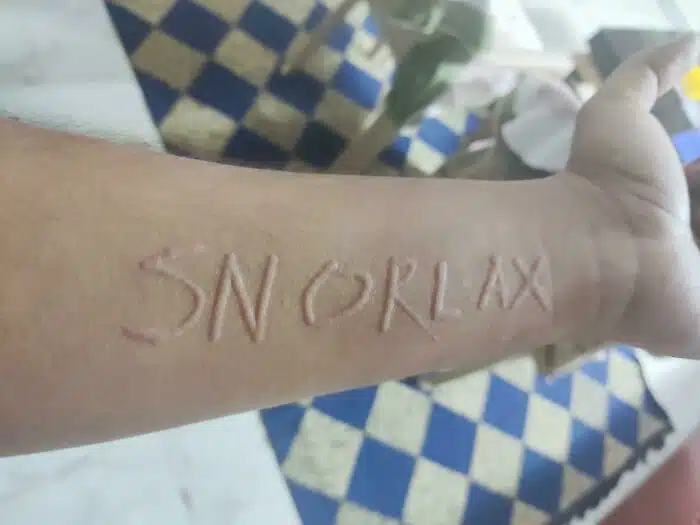Table of Contents
Toggle32) Waardenburg Syndrome

Waardenburg syndrome is a rare genetic condition that can lead to hearing impairment and alterations in the pigmentation of hair, skin, and eyes.
33) Axenfeld-Rieger Syndrome

The young lady’s magnificent, gorgeous eyes are caused by a rare genetic condition called Axenfeld-Rieger Syndrome.
34) Heterochromia

Vitiligo, a condition where patches of my skin lose their color, and heterochromia, where my eyes are different colors, are special traits that set me apart from others. These unique features are part of what makes me, me.
35) Heterochromia

Heterochromia is the term used to describe the condition of having eyes of different colors within the same individual. This unique trait signifies an individual with two eyes of varying hues. Heterochromia in humans can stem from various factors, such as a genetic disorder or as a symptom of an underlying medical condition.
36) Vitiligo

Vitiligo is a dermatological condition resulting from the disappearance of melanocytes, which are responsible for producing pigment in the skin. It is known for its distinct depigmented patches on the skin.
37) Dermatographia

Dermatographia is a rare skin condition characterized by spontaneous patterns of blisters, rashes, and other skin lesions. The term dermatographia is derived from dermatology and graphology, the study of handwriting. Often mistaken for stigmata or maculopapular erythema, dermatographia is distinct in that it is not associated with religious symbolism, but rather presents as an irregular pattern of skin irritation. Individuals with dermatographia may develop unexplained blisters or rashes on their skin without any identifiable cause.
Lesions associated with dermatographia may cause itching or discomfort. While this condition can affect anyone, it is more prevalent among children aged between 5 and 15 years. The exact cause of dermatographia remains unknown, with some attributing it to genetics, while others suggest a connection to factors like poor diet, pesticides, and air pollution. Individuals with dermatographia may have an increased likelihood of developing eczema or psoriasis. Although there is no known cure for dermatographia, medical professionals can alleviate symptoms like itching and pain by administering topical ointments to the affected skin.





